The Essex Historical Society and Shipbuilding Museum (EHSSM), is a unique institution nestled along the…

PIE-Rivers Partners Celebrate 2017 Accomplishments
Thanks to the more than 50 Parker, Ipswich and Essex Rivers partners and interested citizens who joined us at our 2017 PIE-Rivers Annual Meeting in early December. The Partnership is comprised of conservation and community leaders representing a wide range of organizations, state and federal governmental agencies and municipalities. Formed to increase communication, coordination and collaboration between those involved in restoration, preservation and management of the watersheds in northeast coastal Massachusetts, the group gathers each year in December for its annual meeting.
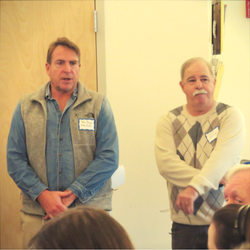 During the business portion of the annual meeting, Steering Committee members Peter Phippen, coordinator for the MassBays Upper North Shore Region, and George Comiskey, board member with the Parker River Clean Water Association, reported on the work the partnership has completed over the last year, while members of the Municipal Engagement committee shared updates on progress made by municipalities and other partners on various items in the PIE-Rivers Action Plan.
During the business portion of the annual meeting, Steering Committee members Peter Phippen, coordinator for the MassBays Upper North Shore Region, and George Comiskey, board member with the Parker River Clean Water Association, reported on the work the partnership has completed over the last year, while members of the Municipal Engagement committee shared updates on progress made by municipalities and other partners on various items in the PIE-Rivers Action Plan.
Several PIE-Rivers partners then gave longer presentations on their work, sparking questions and interesting discussions from the audience. Dr. Vandana Rao, director of water policy for MA Executive Office of Energy and Environmental Affairs (EOEEA), kicked off the presentations with a 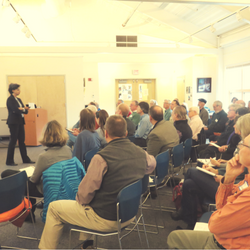 review of the state’s work over the past year to respond to the extreme drought of 2016. In recognition of the demands placed on the state during 2016, a task force is revising the state’s Drought Management Plan to better address the needs of both the communities and their water resources when faced with a developing drought, providing resources and guidance before a crisis hits. The draft plan is due to be released on the state’s website this winter and will be available for public comment. Visit https://www.mass.gov/drought-management for more information, and we post updates via our enews.
review of the state’s work over the past year to respond to the extreme drought of 2016. In recognition of the demands placed on the state during 2016, a task force is revising the state’s Drought Management Plan to better address the needs of both the communities and their water resources when faced with a developing drought, providing resources and guidance before a crisis hits. The draft plan is due to be released on the state’s website this winter and will be available for public comment. Visit https://www.mass.gov/drought-management for more information, and we post updates via our enews.
Dr. Rao stressed that while improvements in water conservation are a part of the solution to our region’s stressed water resources, there is another important piece of the puzzle: land use. Addressing the proliferation of impervious cover as our region becomes more and more 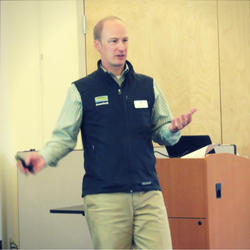 developed should be a primary focus: communities and their partners must prioritize recharging groundwater, using on-site infiltration and other green infrastructure to help keep stormwater from being swept away across the pavement.
developed should be a primary focus: communities and their partners must prioritize recharging groundwater, using on-site infiltration and other green infrastructure to help keep stormwater from being swept away across the pavement.
The next presentation seemed as if it had been planted to underscore this point about land use. Chris LaPointe, Essex County Greenbelt’s director of land conservation, announced that there had been more than 900 acres of land conserved across the region in 2017. Through town meeting votes, use of Community Preservation Act funds, and private fundraising, more than $12 million was committed in 2017, resulting in the protection of multiple priority parcels.
Next up were reports from two wildlife and fisheries biologists 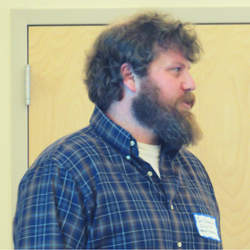 working in the three watersheds. Ben Gahagan from MA Division of Marine Fisheries outlined efforts to restore migratory fish populations in the PIE-Rivers watersheds, highlighting opportunities for citizens to get involved in fish monitoring during the spring migrations. Ipswich River’s Brian Kelder summarized the two-year project, now in its final phase, to assess and evaluate culverts, dams, and bridges across the region with the goal of prioritizing restoration projects that result in both ecological and structural improvements.
working in the three watersheds. Ben Gahagan from MA Division of Marine Fisheries outlined efforts to restore migratory fish populations in the PIE-Rivers watersheds, highlighting opportunities for citizens to get involved in fish monitoring during the spring migrations. Ipswich River’s Brian Kelder summarized the two-year project, now in its final phase, to assess and evaluate culverts, dams, and bridges across the region with the goal of prioritizing restoration projects that result in both ecological and structural improvements.
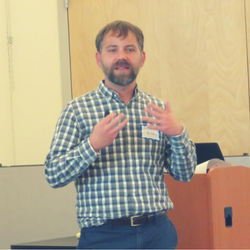 To stay informed about these and other PIE-Rivers projects throughout the year, please sign up for our electronic newsletter here and visit www.pie-rivers.org any time.
To stay informed about these and other PIE-Rivers projects throughout the year, please sign up for our electronic newsletter here and visit www.pie-rivers.org any time.
If you missed the meeting or want to look back at what was discussed, they are available here.


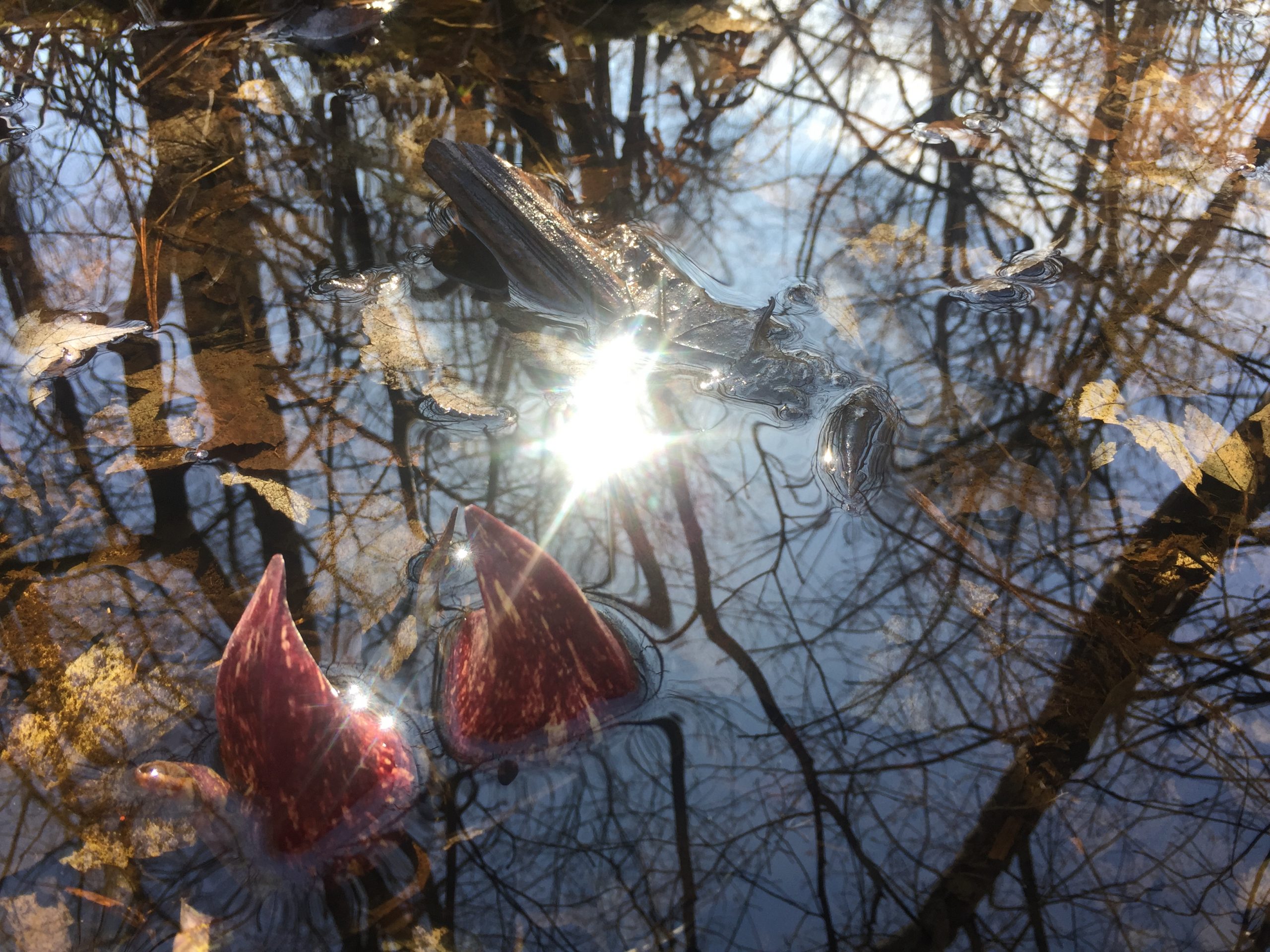

Comments (0)